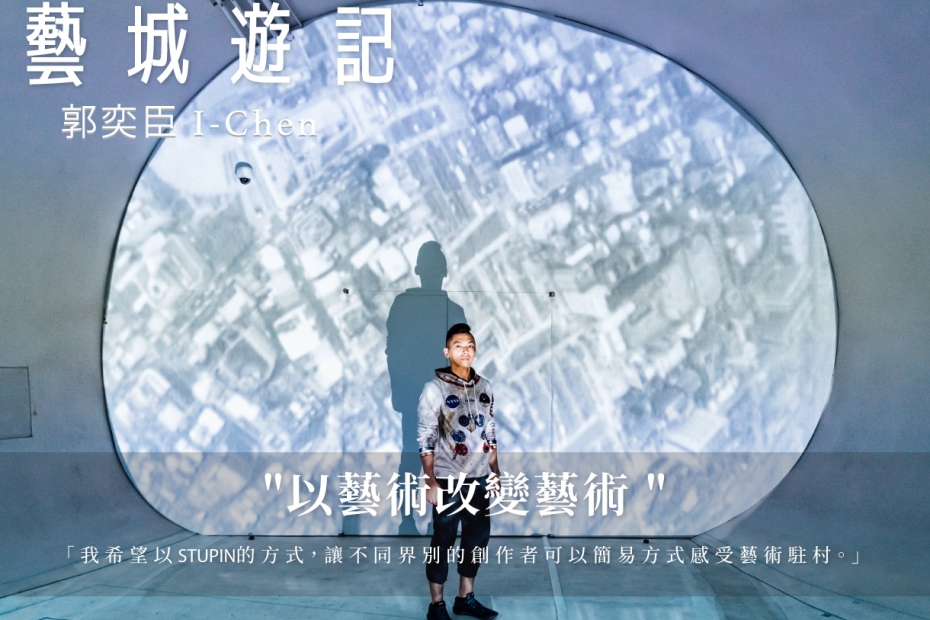台湾数字艺术家郭奕臣,持续以创作探索生命议题,更创立艺术家工作室驻村平台STUPIN,为台湾艺术家打开通往世界的大门。
About Guo Yichen’s introduction cannot be separated from his famous work “Invasion”. This work made him the youngest artist to represent Taiwan at the Venice Biennale in 2005, at the age of only 26. It also brought him to the Singapore Biennale, the Sydney Biennale, the Seoul International Media Art Biennale, and the “Asian New Wave” exhibition at the ZKM Media Art Center in Germany. In the same year, he also won the first prize of the Taipei Fine Arts Award. All of these are positions that countless artists strive for throughout their lives, but he seems to have achieved them effortlessly.
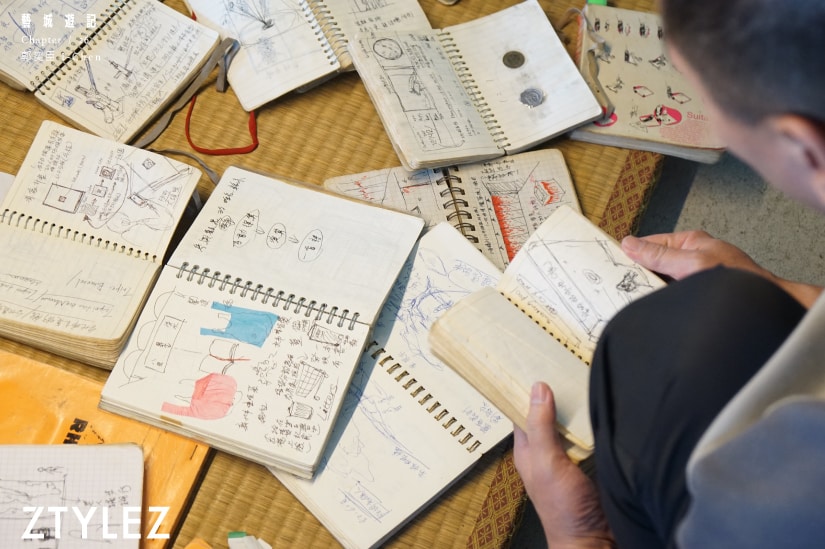
一鸣惊人的出道姿态,倒令他往后心无挂碍地专于创作。转眼20年的创作历程,由昔日以焦虑推动创作,变成当下的沉稳内敛,以生活作动力。不变的是他透过创作过程进行一场又一场的自我对话,借生物学、天文学、生命哲学观点,以古物零件、被丢弃旧物重组再生成的装置艺术作品,盛载他的故事,作品被定义具诗意及情境。他亦透过艺术家驻村计划游历多国,并于台湾建立崭新的艺术家工作室驻村平台STUPIN,以填补传统驻村的不足,为台湾艺术圈创造更多的可能性。
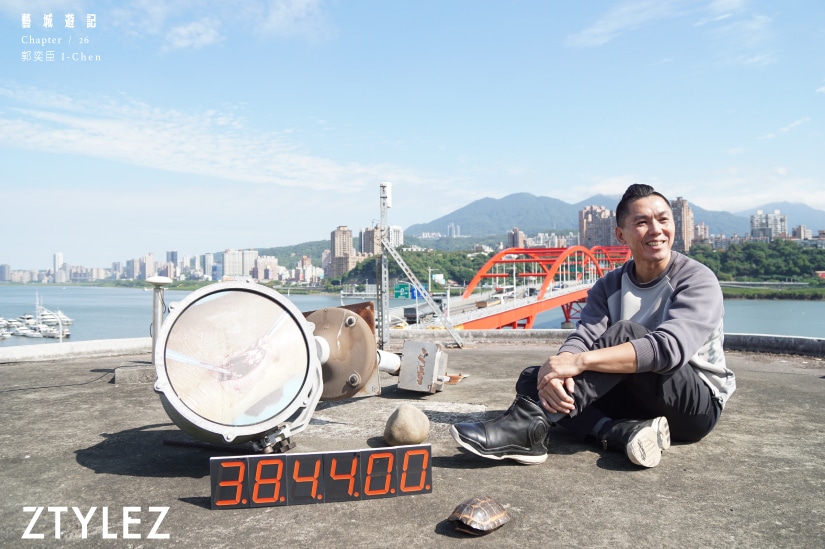
这次《艺城游记》来到他位于台北的「桥头工作室」,听他娓娓道来土地与创作的关联,以及STUPIN的理念。
“作品是我对世界理解的一种切片”
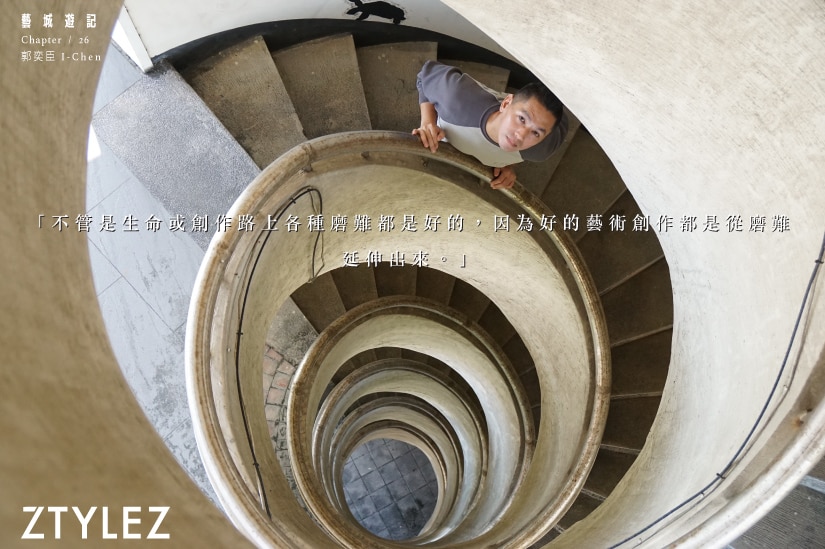
“Bridgehead Studio” is located under the Guandu Bridge on the left bank of Bali in Taipei. It is a two-story warehouse. Named “Bridgehead,” it echoes Guo Yichen’s hometown of Kaohsiung Bridgehead on the one hand, and on the other hand, the studio is located in the direction of the bridgehead. Here is not only Guo Yichen’s exhibition space for his works, but also his studio. It is also open to artists for residency, and in the early stages of relocation, it was his residence. The former site was a coffee shop and warehouse, with large floor-to-ceiling windows on both sides to allow in plenty of natural light. The high-ceilinged interior space has a spiral staircase leading to the upper level, and one side of the red brick wall is the coffee brewing area. This place captivated him at first sight, finally giving him a sense of home in Taipei.
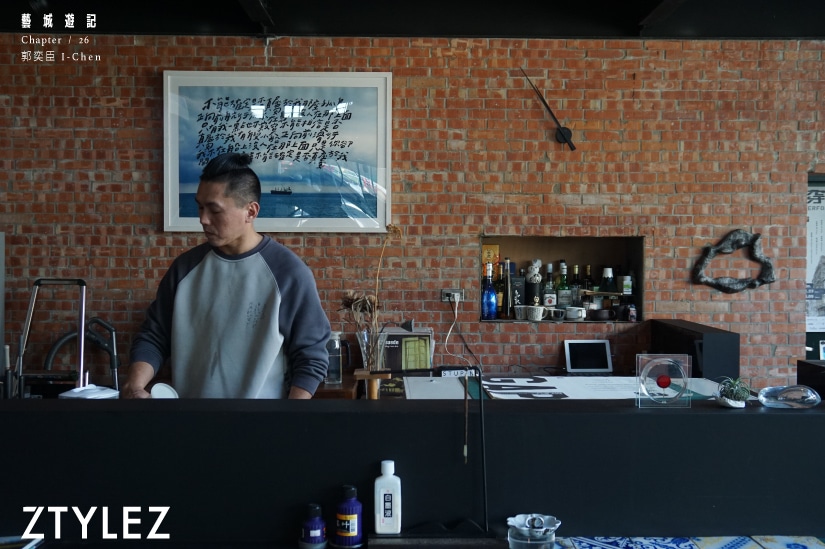
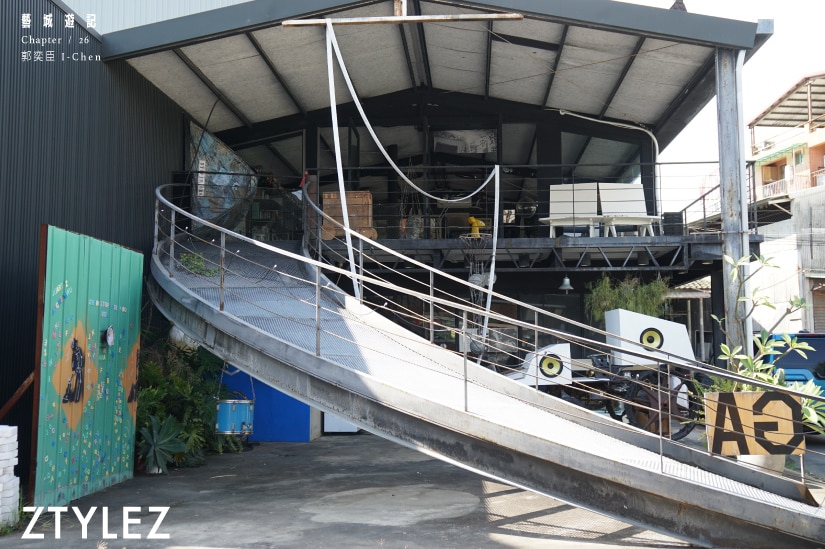
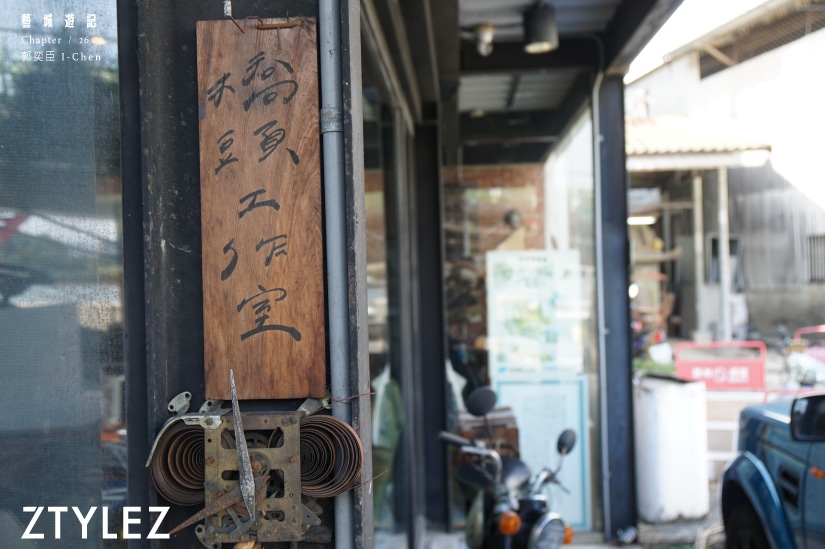
「橋頭工作室」形式上意味着他搬离居住16年的西门町,也见证了他创作心境的转变,从初期以焦虑转化成创作能量,到当下身心趋向成熟的创作状态,这也见于他在工作室所摆放的作品,一种紧扣生活,将关于自身的反思转化成艺术作品,如以亲人手捏陶件组成的〈手〉,就表达关于家人之间的亲密、距离与伤害。郭奕臣分享说:“创作能量是从日常生活萃取出来,作品是我对世界理解的一种切片,我怎处理内心对生命的质疑,或对于环境、精神状态的思辨过程。”诚如他的成名作〈入侵〉,是他2000年由高雄搬到台北西门町,水土不服所产生的焦虑感令他爆发出这件作品。
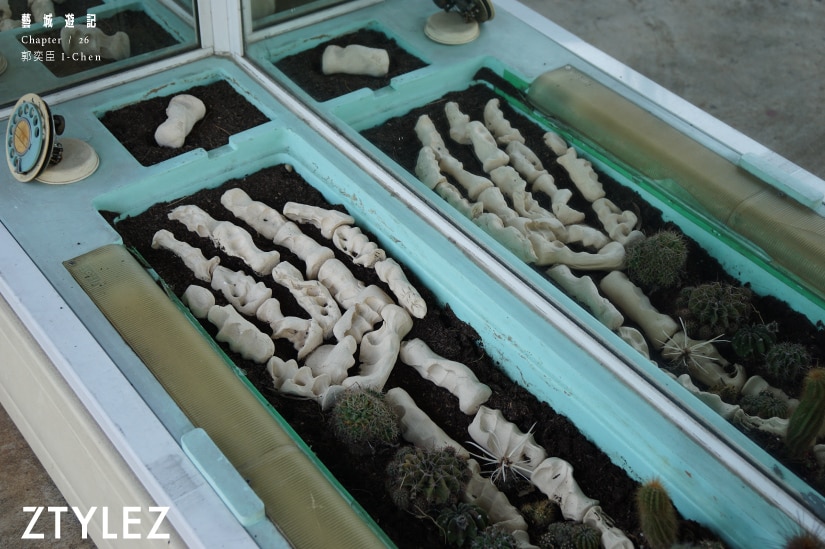
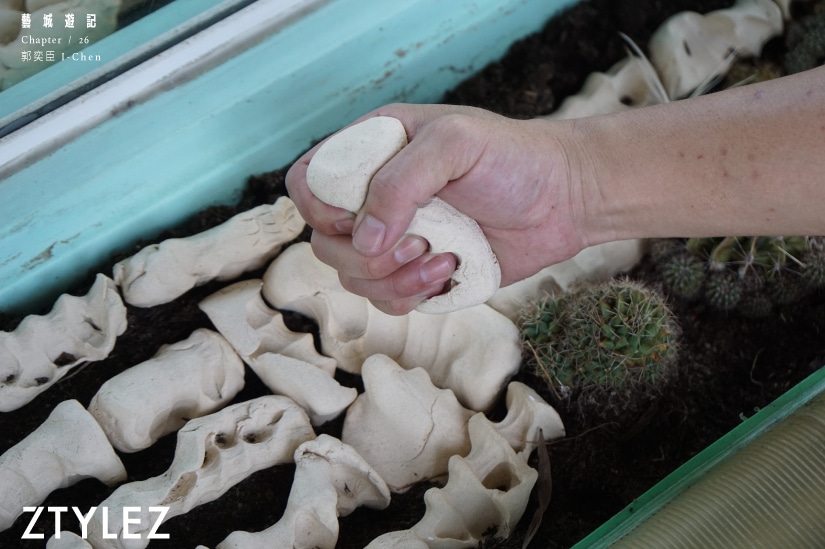
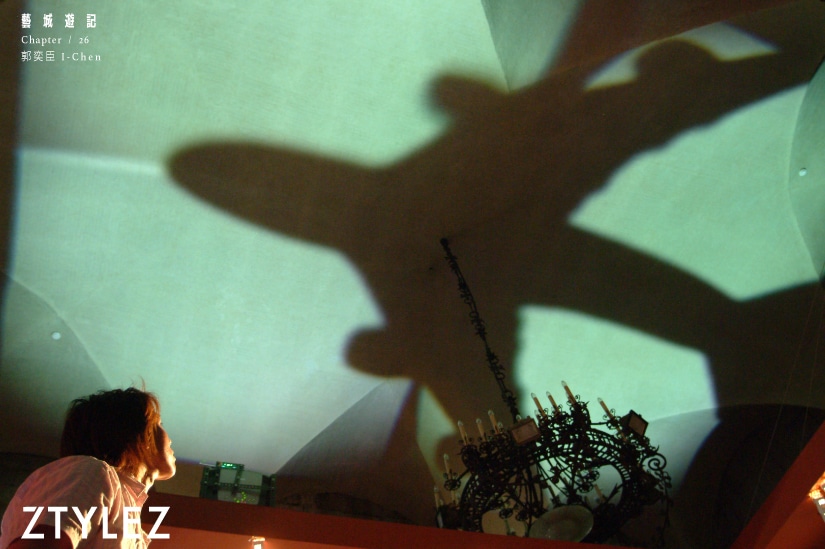
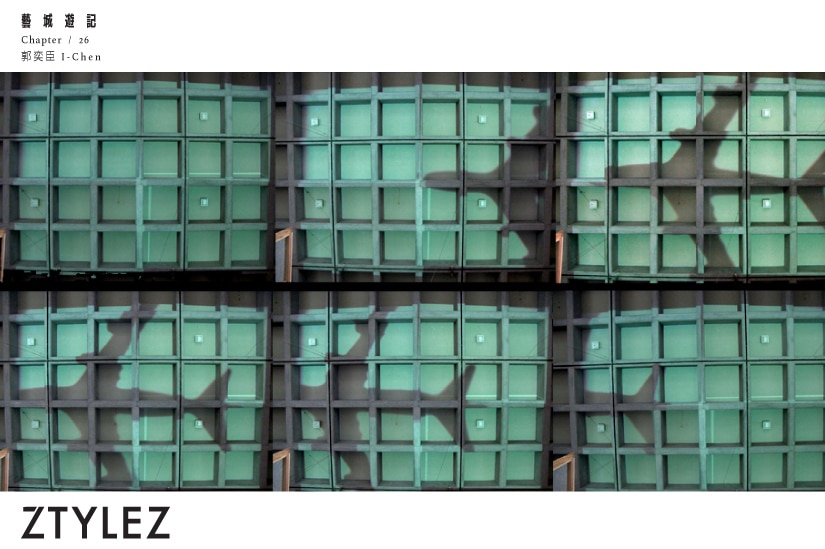
Looking back at the glorious starting point of his creation, he humbly said, “It seems like you need to win some awards to enter the art circle, like an admission ticket. I was lucky enough to win the first prize of the Taipei Fine Arts Award when I first started. On the other hand, it also means that I didn’t compromise with reality and insisted on taking this path. Winning the award did bring some attention, but it doesn’t mean anything. Art creation is a lifelong thing, and this environment is full of ups and downs. Life needs ups and downs to understand that there are different wavelengths in life. I don’t think failure is bad. Sometimes, you need more failures to extract a certain depth of creation. All kinds of hardships in life or on the creative path are good because good art creation comes from hardships.”
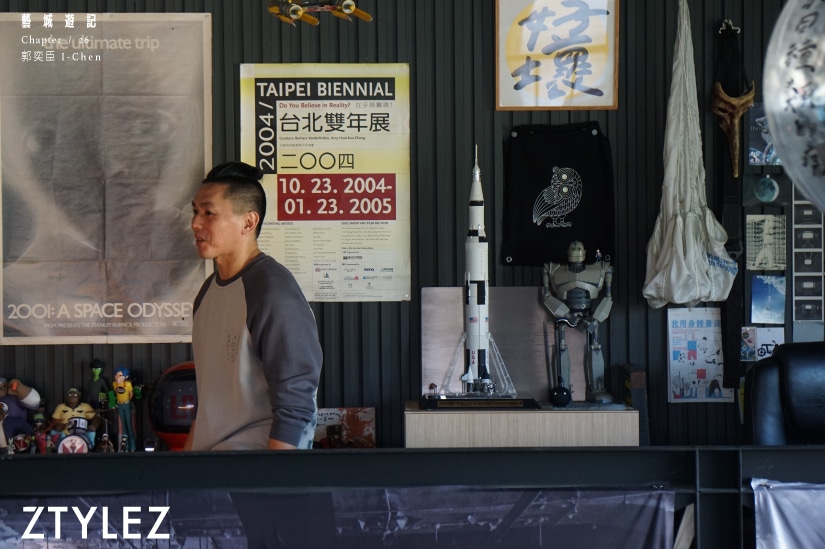
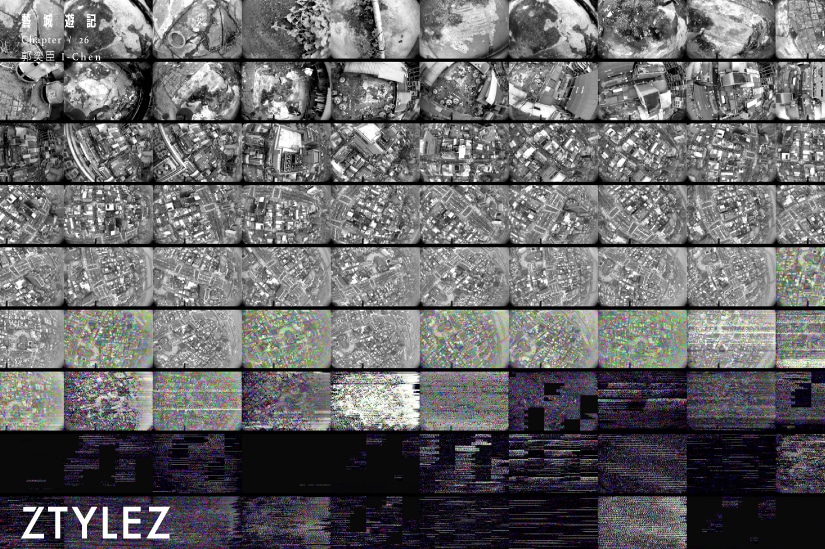
对郭奕臣而言,创作需要将身上所有感官打开来接收生活给予的信息,他分享说:“创作是将自己打开,将触觉、听觉、视觉、嗅觉打开,感受生活里的细节,灵感是从生活里找出来。”
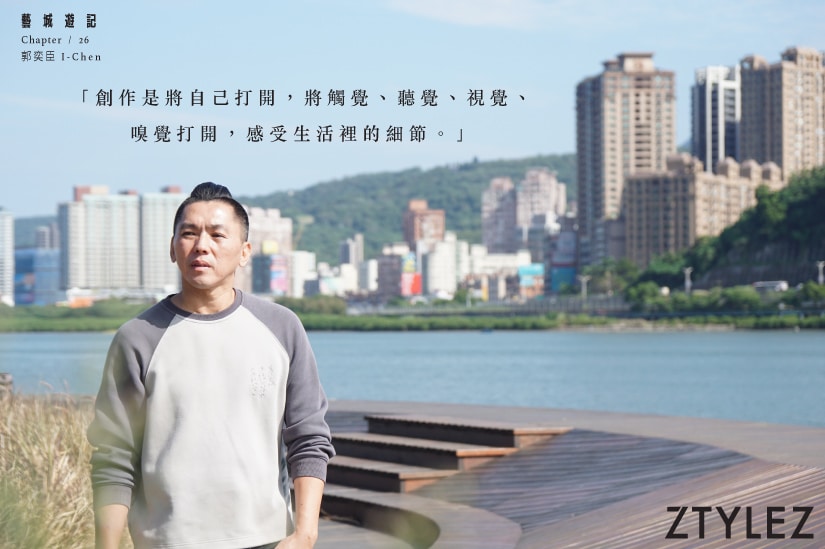
工作室二楼的抽屉,放满数十本写得密密麻麻的笔记本,翻开里头尽是他每个当下的灵感,这些零星片段都会在某个时刻成为伟大的作品,他说:“我每年最少有一本笔记本,想到什么便画下来,不时翻看会发现尚有很多可以做的作品,也不急于完成,时间到了作品就会诞生。”对于这位感官敏锐的艺术家来说,最佳的创作状态是保持好奇,才能洞察不一样的画面,他笑说:“我常被说都四十几岁,怎么有时候和小孩一样?创作状态是永远像小孩子来看待这个世界,让好奇心创造出有趣故事,因为艺术创作就是你怎么去将故事说出来。”难怪工作室二楼的陈架上放满《玩具总动员》(Toy Story)的玩具。
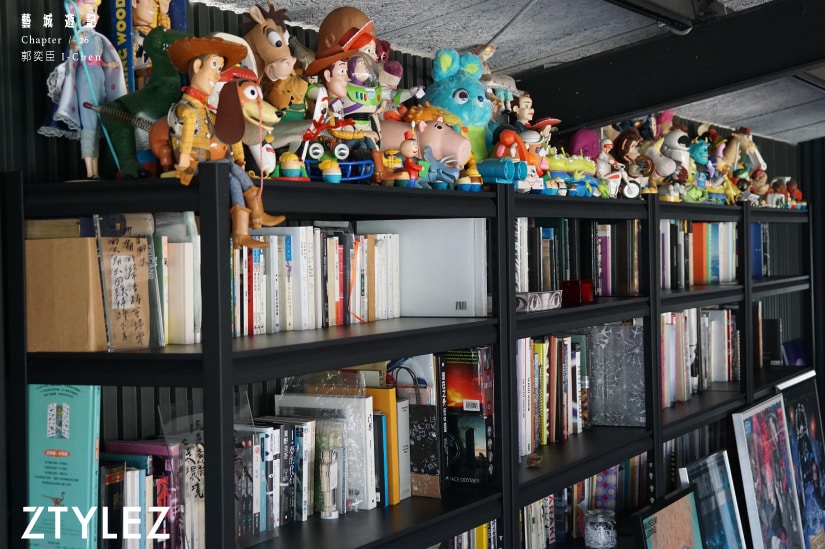
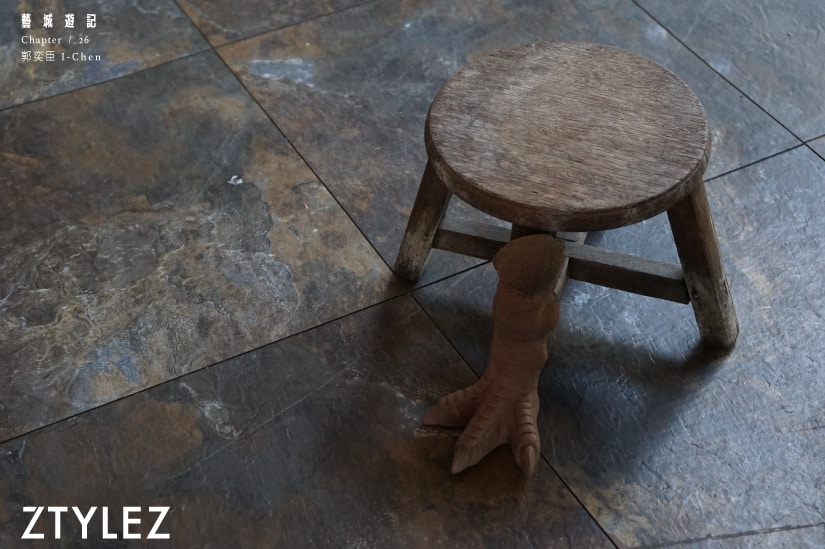
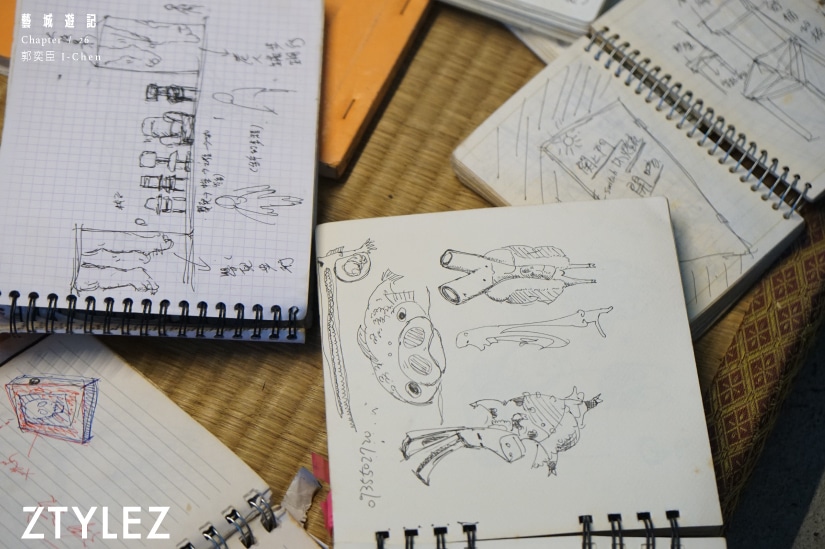
“艺术性应该是说一种纯粹!”
郭奕臣创作的艺术作品形态万千,运用多种不同媒材。跟随他沿河岸走一趟,听他娓娓道来作品的理念,如成名作《入侵》运用投影机呈现飞机影子,模糊空间感;《竹一条河流》以抽湿机收集水分,制成一本冰书。《围一道彩虹》放冰书放在关渡大桥上融化,再回归淡水河;《阿斯里斯与月》借用环境原有的旋转楼梯观景台、关渡大桥,呈现人与月球之间的距离。
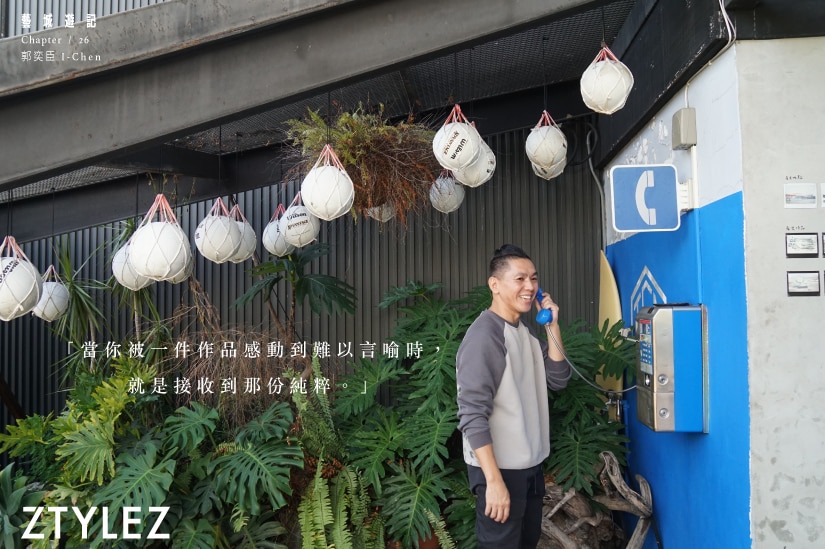
结合当地特色和环境形态创作而成的艺术作品,可以是影像、液体或固体,这也是数字艺术与传统艺术最大的不同之处。数字艺术能够突破空间的限制,无限延伸。郭奕臣的作品不仅仅是一个物件,它可以是这个工作室,也可以是我们当前所处的环境。他说:“画布有一个框架,相比之下,我更喜欢使用空间感的东西,比如刚才我们走过的路,我们置身于环境之中,我把这个环境变成作品,作品也成为环境的一部分。我非常喜欢现场制作的作品,就像改变了我人生最重要的第一件作品《入侵》,它是投影出来的飞机,虽然并不存在,但确实带我环游世界。”
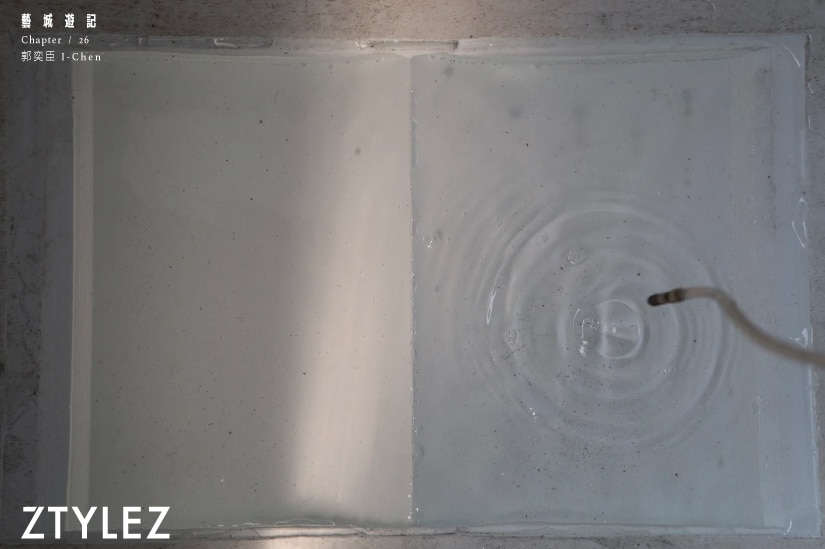
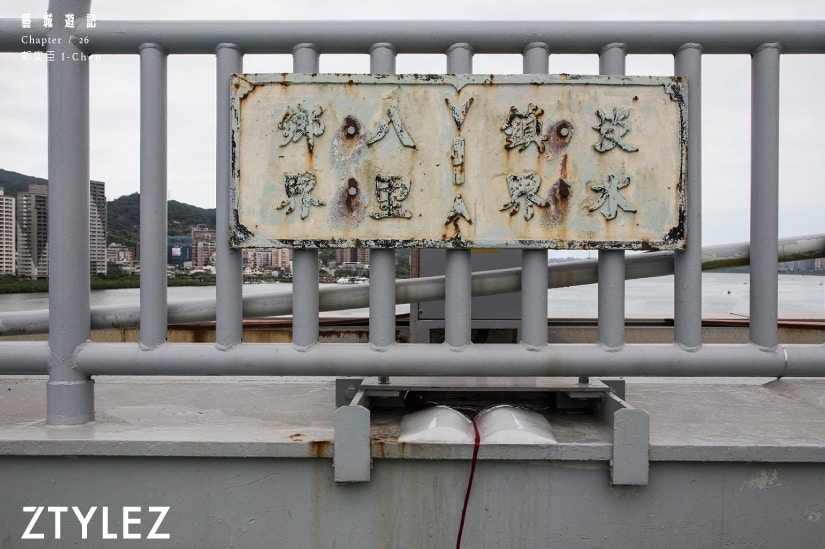
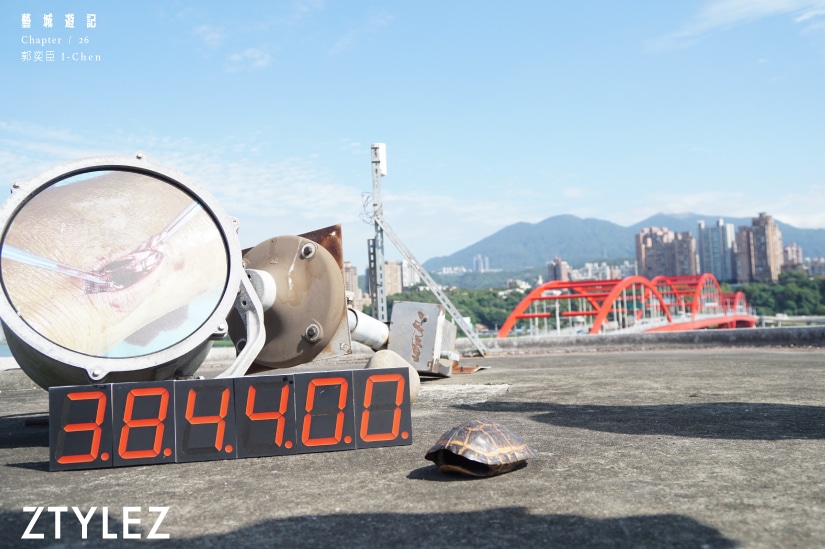
Perhaps this concept of transcending space gives viewers a more difficult stereotype of understanding digital art? Regarding this, Guo Yichen believes: “Artistry should be a kind of purity, this kind of pure state is vague, difficult to quantify, and difficult to discuss. When you are moved by a work to the point of being indescribable, that is when you receive that purity.” With the development of technology, the boundary between new media art and traditional art is also blurred. He adds: “Now, observing the creations of the new generation, their painting style can also express the feeling of new media.”
“凡事一体两面,没有好坏定论。”
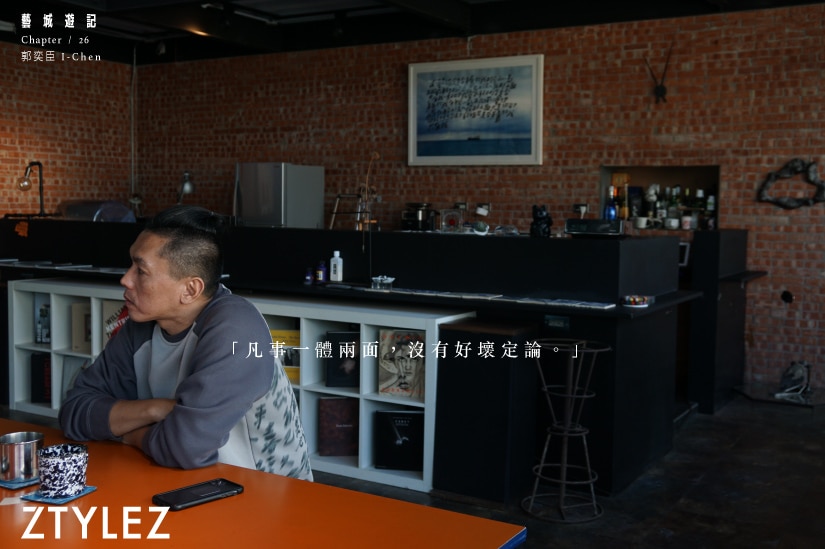
过往报道与展览介绍,郭奕臣都被冠以「视觉艺术家」、「影音艺术家」、「数字艺术家」等不同称号,总括而言就是非传统的艺术创作者。毕业于台北艺术大学科技艺术研究所的他,确实谈得上见证新媒体艺术的兴起,对于人工智能是否取代人类艺术创作,他思索一番说:“科技是反击,我仍在摸索怎样去使用它,来达到相辅相成的一个状态。凡事一体两面,没有好坏定论。只可以回到艺术创作里的状态来谈论,就是作品到底想表达什么?艺术创作理念是什么?艺术创造的价值是更具精神性和哲学性,令观赏者感受到生命的厚度。”回到艺术作品本身承载创作者的生命养份,这是科技模仿不来的温度与厚度,亦是构成艺术性的核心元素。
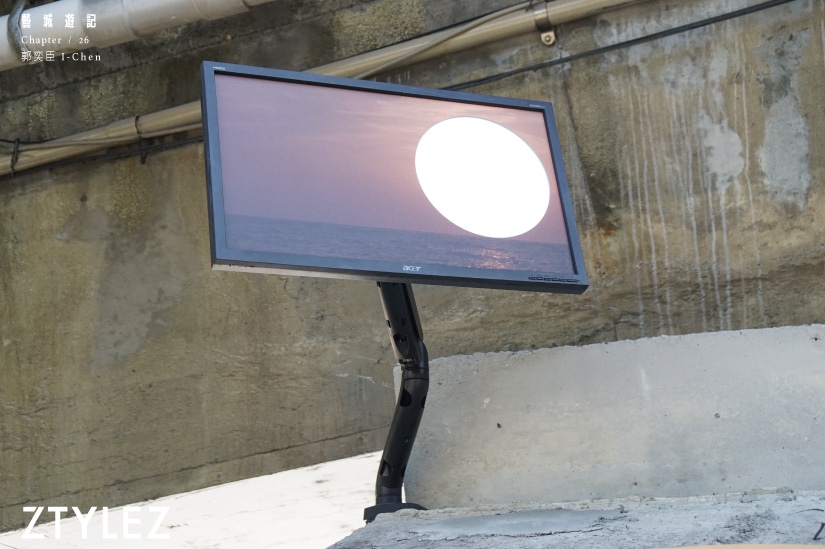
“驻村是艺术家至关重要的养分之一!”
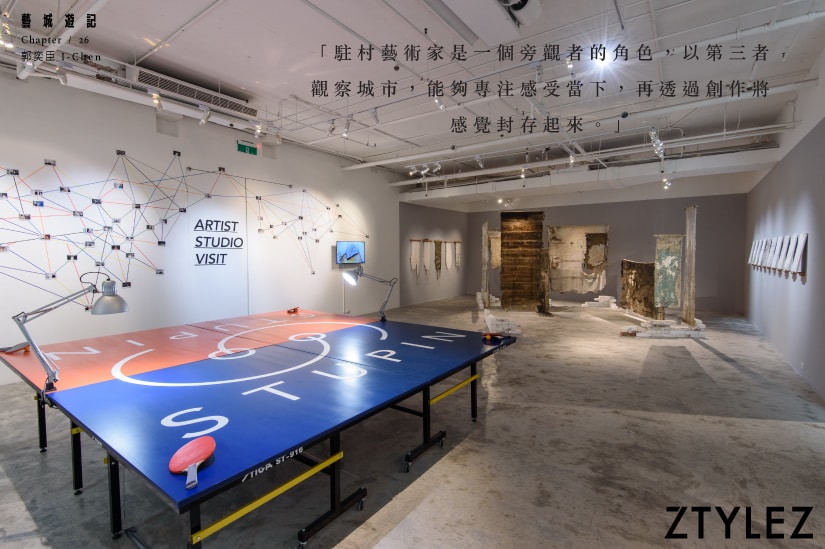
工作室一楼的乒乓球桌象征了STUPIN的起点,郭奕臣回忆说:“乒乓球桌有很多不同的意涵,既是工作桌、餐桌,是朋友互动交流的游戏道具,同时也是一件作品,也是驻村平台概念的延伸。将两张球桌合并在一起,原本只能四人对打,可变成八人同时参与,也是共享的概念。”会延伸出创立崭新的艺术家驻村平台,源于他过去于多国的驻村经历,由美国、葡萄牙、英国到法国,驻村经历为他带来更多创作能量,他说:“驻村是艺术家至关重要的养分之一!驻村艺术家是一个旁观者的角色,以第三者观察城市,能够专注感受当下,再透过创作将感觉封存起来。这些作品不免偏实验性,却能够带我往下一个阶段。”例如与插画家林小杯合作的绘本《宇宙掉了一颗牙》,书中的蓝色图案便是他于法国驻村时的蓝晒作品。
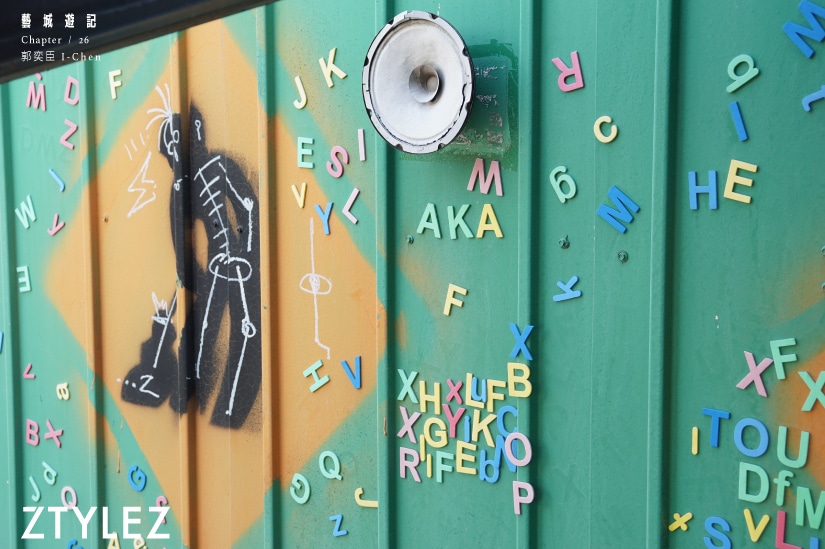
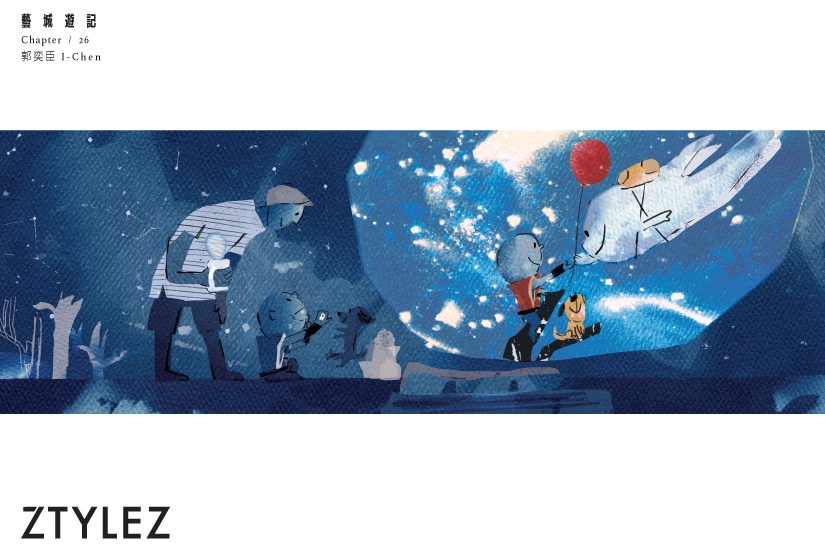
亲身经历驻村为艺术家带来的绚丽养分,更懂其中的不完美,他成立的STUPIN有别传统驻村计划,具体就是去中心化,通过「Studio 空间交换」与「Pin 驻地文化导游」,令艺术家以个人为单位,也打破传统驻村的僵化形式,并省略繁复的申请流程。简单说就是建立一个互惠平台,让各地艺术家「打开」自己的工作室来交流,艺术家只要在STUPIN注册加入平台会员后,找出希望驻村的地点,借交换使用对方的工作室,仅负担机票费用,就可获得一个进驻异地、创作的机会。他扼腕说:“台湾有颇多驻村计划,但对于作家、艺术治疗等的创作者而言,相对难以申请。我希望以STUPIN的方式,让不同界别的创作者可以简易方式感受艺术驻村,毋须先要成功才能驻村,以这样的形式看能否创造更多的可能性。”传统艺术驻村的竞争激烈,对于作品集相对空白的新晋创作者来说,更难争取出国的驻村机会。
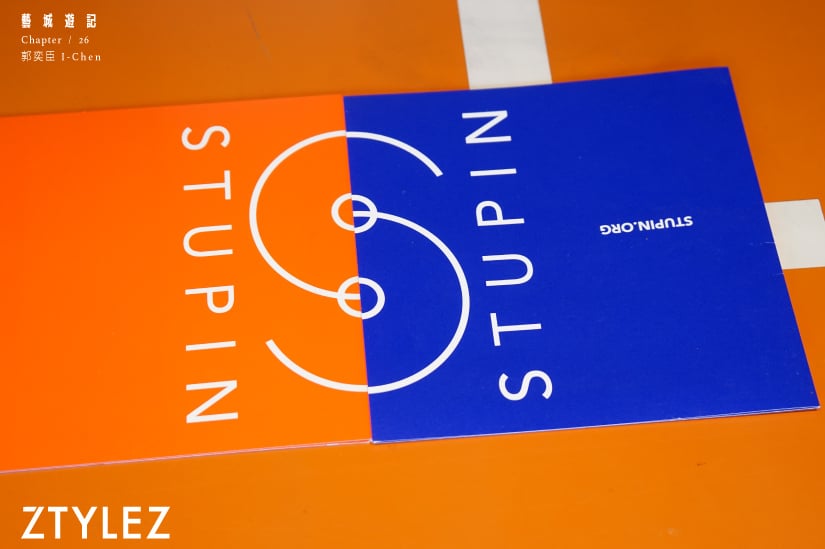
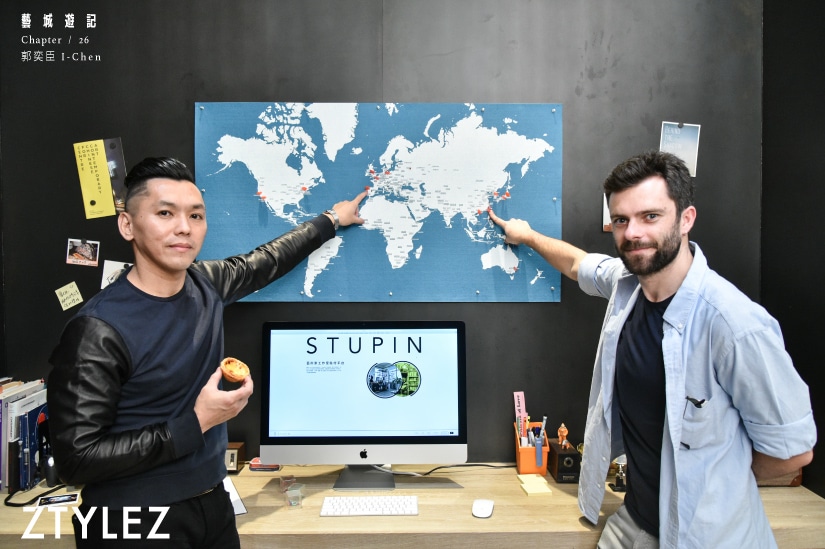
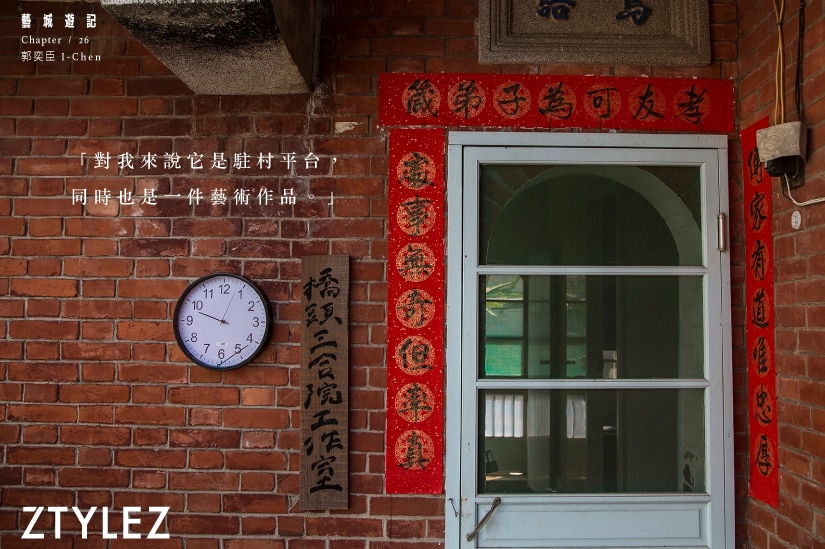
STUPIN并不限制参与者的创作媒材或类型,从视觉艺术、表演艺术、文字创作、插画设计,到戏剧电影等领域都可以申请,相对传统以政府主导的驻村计划,少了僵化,更具弹性。郭奕臣笑说:“对我来说它是驻村平台,同时也是一件艺术作品。我等于是用一个新概念去交换彼此的空间,另一方面我也知道艺术家很缺工作室,所以我用这个作品进入这个系统去解决问题。”郭奕臣甚至将老家高雄桥头的三合院改成“无所事室”,开放予创作者来驻村,命为“无所”是想呈现一种无为而为的状态,有别于传统驻村都被刻板要求产出计划或展览,在这里只需要放空重新调整步伐。
我可以为各地艺术家提供不同的机会!
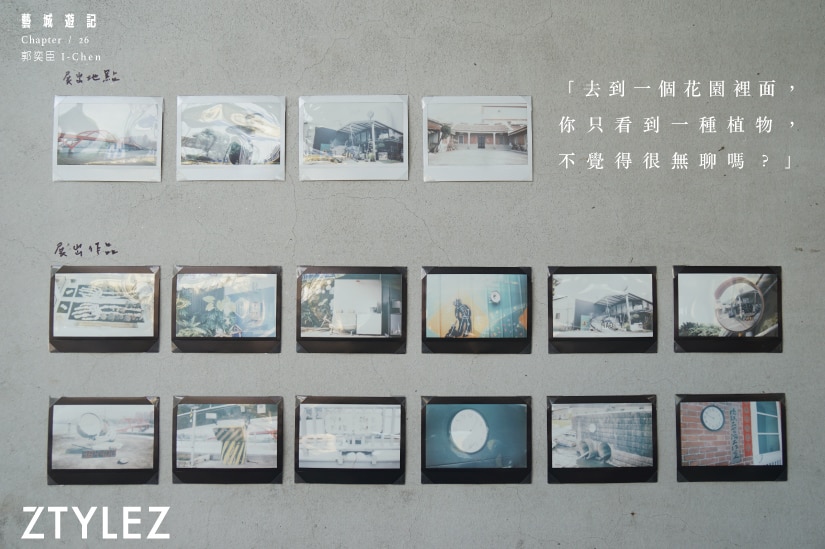
STUPIN has connected 20 cities worldwide, with a total of 46 studios, including Taipei, Barcelona, Seoul, Warsaw, London, and Bucharest, and has 273 PIN resident cultural guides. It has assisted over 100 artists in residencies around the world. He said, “Although I am not a large institution and do not have a huge amount of funding, I can provide different opportunities to artists from all over the world.” Being able to embrace such a grand vision stems from his understanding that a diverse and vibrant artistic ecosystem is the most beautiful. After a moment of contemplation, he shared, “If you go to a garden and only see one type of plant, wouldn’t it be boring? Establishing the STUPIN platform is largely about making this environment better. I feel a certain powerlessness in this environment, and then I think about how I can do something for this environment through my own artistic creation.” Even though he humbly claims throughout the conversation that he does not have the ability to give back to society, as an artist, he often feels a sense of powerlessness towards the environment. However, he still devotes his thoughts to STUPIN, hoping to make Taiwan’s arts and culture development more international and vibrant.
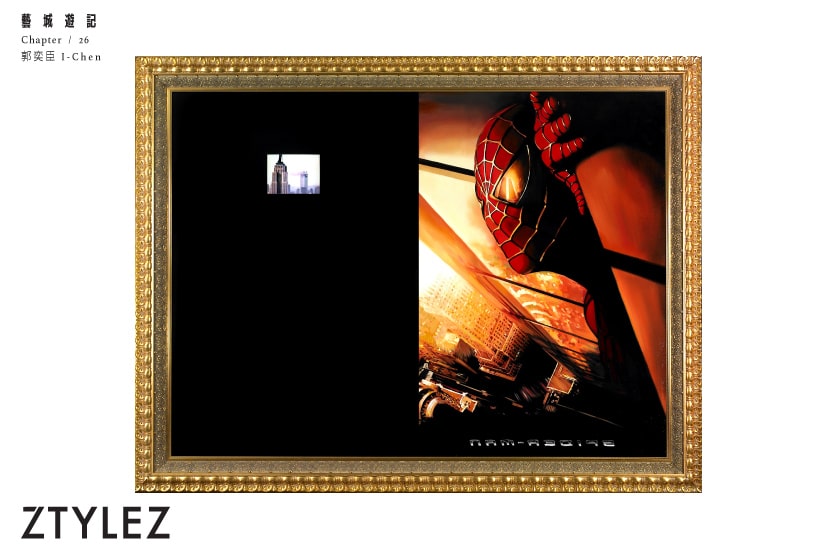
郭奕臣也默默观察香港的艺术发展,他分享说:“香港因为金融的关系,整个环境更具商业性,令很多大型国际画廊、艺术活动进驻香港,如art basel等;加上香港中西合并的历史背景,令香港艺术可以更易被世界看到,好像Michael Lau的公仔热潮几乎席卷亚洲!”也希望有天台湾也能进驻更多大型国际画廊,令台湾的艺术家也能被世界看见。
采访与文本:Kary Poon
摄影师:Wei

